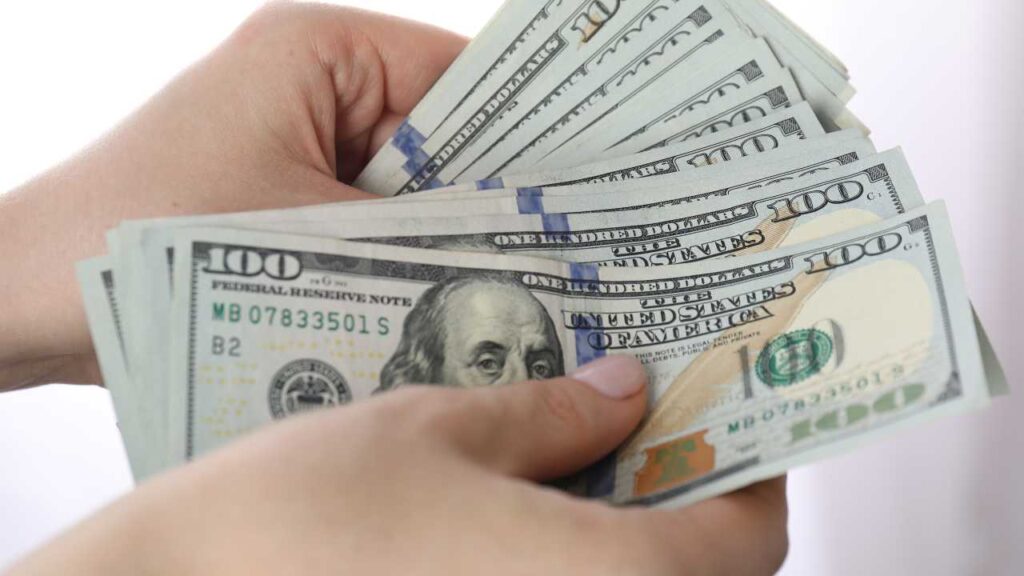New York State maintains two major tax refund programs that return money directly to millions of taxpayers. We’ll take a look at the eligibility, amounts, the delivery process, and, importantly, whether any payments are still pending for the remainder of 2025 are included.
Both programs could be a big relief for your tax burden, being New York one of the states with the highest taxes in the United States, which could be a source of pressure to low and mid-income households.
Inflation Reimbursement Checks: A Program Against Rising Costs
For the first time in state history, the 2025-2026 fiscal budget included Inflation Rebate Checks, an extraordinary measure to offset the impact of inflation on sales taxes. More than 8.2 million New York households will receive direct payments without needing to apply: if you qualify, the check will automatically arrive in the mail at the address you provided on your tax return.
Eligibility is determined solely based on your 2023 tax return (Form IT-201). You must have filed on time, not been claimed as a dependent by another taxpayer, and have a New York Adjusted Gross Income (AGI) within the established limits.
The checks amounts are as follows
For single individuals or heads of household, the payment is $200 if the AGI is $75,000 or less, and $150 if it is between $75,001 and $150,000. For married couples filing jointly, the payment is $400 if the AGI is $150,000 or less, and $300 if it is between $150,001 and $300,000.
Mailings began in late September and are being sent out in staggered batches over several weeks, without any geographic or postal code order. There is no individual tracking tool, but the state recommends waiting up to six weeks from the start of the program before assuming there is a problem.
As of November, thousands of checks are still being mailed, and deliveries are expected to continue actively throughout November. If you haven’t received yours, first check that you don’t have any outstanding debts with the state (such as back taxes, fines, or child support), as these can automatically withhold the payment.
This refund is not subject to state income tax, but it must be reported as income on your 2025 federal tax return.
STAR Program: Annual and Structural Homeowner Relief
The School Tax Relief (STAR) program, in effect since 1997, remains the cornerstone of tax relief in New York and will distribute over $2.2 billion to nearly 3 million homeowners in 2025. It works by directly reducing school taxes on primary residences, either through an exemption on the tax bill or a credit sent by check.
There are two options:
- Basic STAR, available to any primary residence owner regardless of age
- Enhanced STAR, designed for individuals 65 and older (or their spouse or survivor) with lower incomes.
To qualify for Basic STAR in 2025, the combined income of all homeowners (based on 2023) must not exceed $500,000 to receive the paycheck credit, or $250,000 for direct exemption.
For Enhanced STAR, the income limit is $107,300. The property must be your primary residence—not a vacation home—and applies to single-family homes, condominiums, co-ops, and mobile homes. Savings vary by county and school district: in Suffolk County, they can exceed $1,200 annually; in New York City, they range from $600 to $1,000; and in upstate regions, they average up to $800.
Should I apply for these tax rebates?
If you’re already enrolled in the program, you don’t need to do anything: the benefit is applied automatically. Check credits are sent directly to the homeowner, and you can check the delivery schedule by county, school district, and municipality using the official tool available at tax.ny.gov/star.
Unlike the inflation-adjusted program, STAR operates throughout the tax year. As of October 31, 2025, many districts with late billing (especially in the fall and winter) are still processing and sending checks. Payments are expected to continue actively in November and December, benefiting thousands of homeowners. New homeowners can enroll until December 31, 2025, to receive the credit for the current year.
